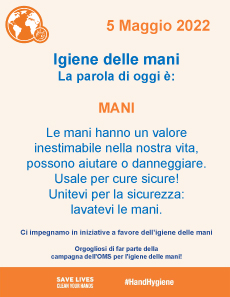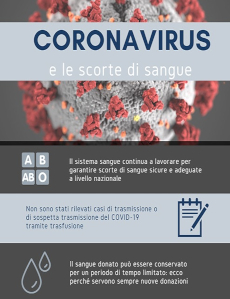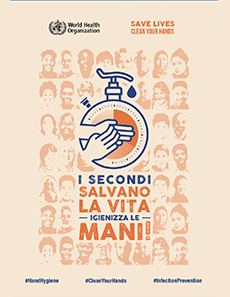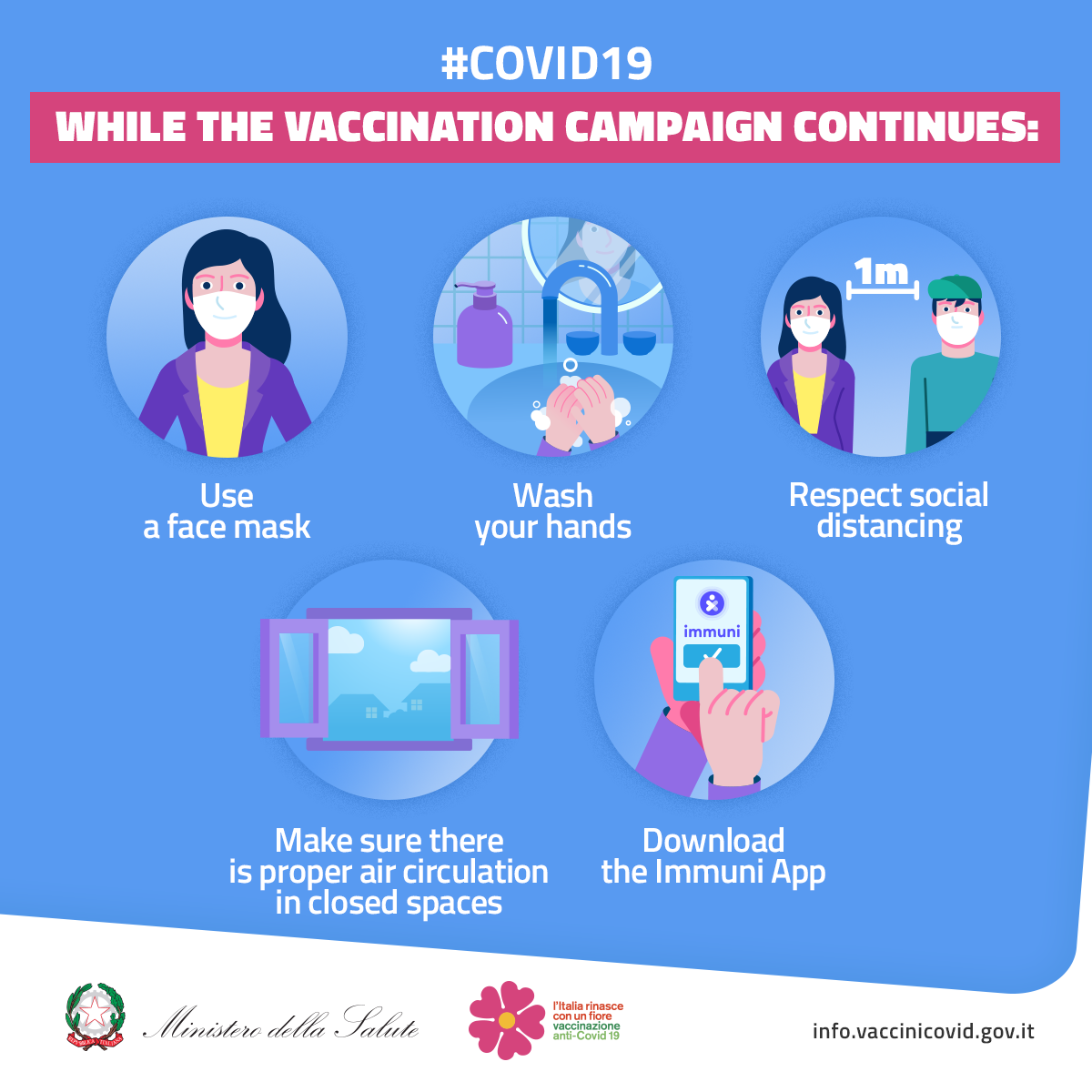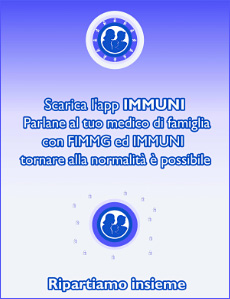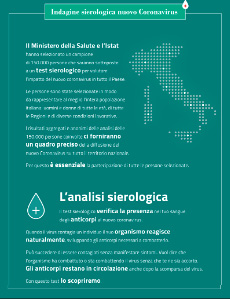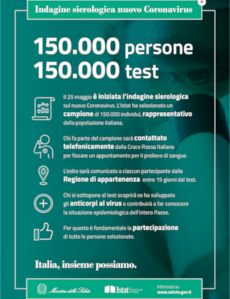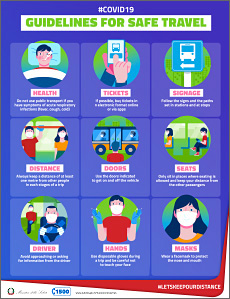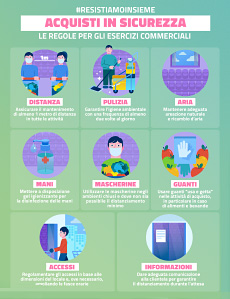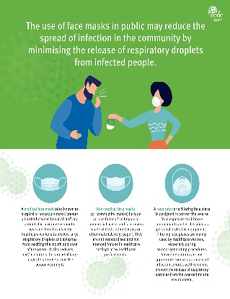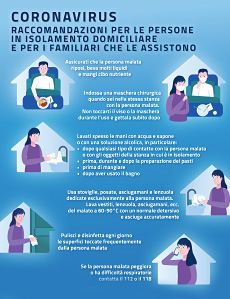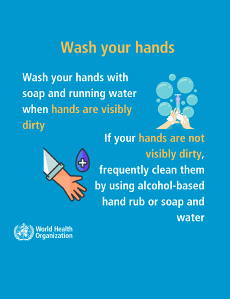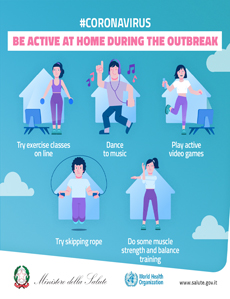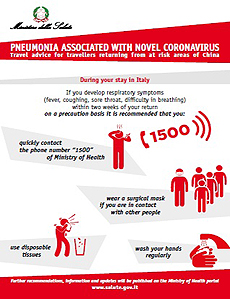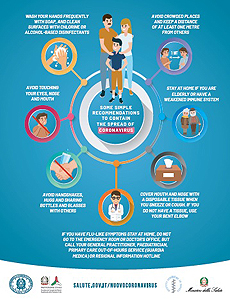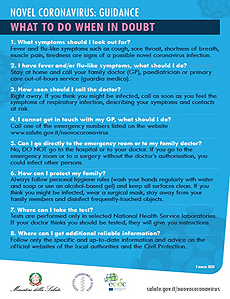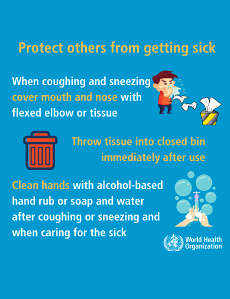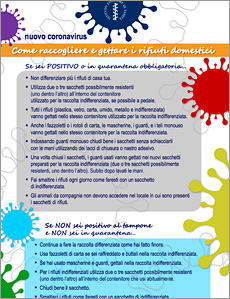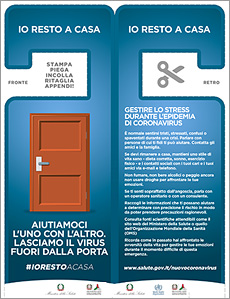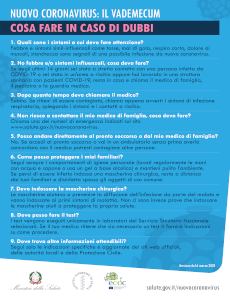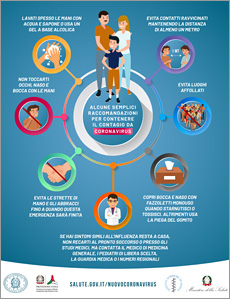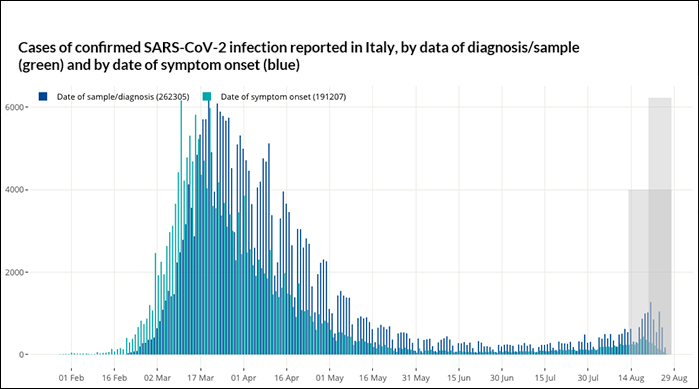
Key Points
- An analysis of the data for the period 17-23 August 2020 is reported. Due to the time between exposure to the pathogen and the development of symptoms and between these and diagnosis and subsequent notification, many of the cases reported this week are likely to have contracted the infection in the first half of August. Some of the cases identified by screening, however, may have contracted the infection in earlier periods.
- An increase is confirmed in new cases reported in Italy for the fourth consecutive week, with a cumulative incidence (ISS flow data) in the last 14 days (period 10/8-23/8) of 14.93 per 100 000 inhabitants, up from the period 6/7-19/7 and similar to the levels observed at the beginning of June. The majority of cases continue to be contracted on the national territory (20.8% of the new cases diagnosed in the week of monitoring were imported from abroad), however, compared to the previous week, an increase in cases imported from another Region/PA was observed (from 2.3% in the previous monitoring week to 15.7% in the current week).
- In Italy, as in Europe and globally, there has been an epidemiological transition of the SARS-CoV-2 epidemic with a sharp drop in the median age of the population contracting the infection. The median age of the cases diagnosed in the last week is 29 years, confirming a decreasing trend. Circulation now occurs more frequently in younger age groups, in a context of an advanced reopening of commercial activities (including places of aggregation) and increased mobility. There is a change in the dynamics of transmission (with emergencies of cases and outbreaks associated with recreational activities, both at home and abroad) and a lower clinical severity of the cases diagnosed which, in most cases, are asymptomatic.
- The national transmission index (Rt) calculated on symptomatic cases and referring to the period 6-19 August 2020, is equal to 0.75 (0.52 - 1.24). This indicates that, net of asymptomatic cases identified through screening/tracking of contacts, and cases imported from foreign countries (categories not mutually exclusive), there has been a slight decrease in the number of symptomatic cases contracted locally and diagnosed in our country.
- However, the national transmission index must be interpreted with caution at this particular time of the epidemic. In fact, Rt calculated on symptomatic cases, while remaining the most reliable indicator at regional level and comparable over time for monitoring transmissibility, could slightly underestimate the real transmission of the virus at national level. Therefore, the national Rt must always be interpreted also taking into account the incidence data.
- Even during this week of monitoring, new cases of SARS-CoV-2 infection were diagnosed in all Regions/PPAA. During the week, 36% of new cases diagnosed in Italy were identified through screening activities and 32% through contact tracing activities. The remaining cases were identified as symptomatic (27%) or the reason for the diagnostic assessment is not reported (5%). Thus, overall, 68% of the new cases were diagnosed thanks to intensive screening activity and case investigation with identification and monitoring of close contacts.
- Sixteen Regions/PPAA reported an increase in the number of cases diagnosed, compared to the previous week (ISS flow), which cannot be attributed solely to an increase in cases imported from abroad. Although the number of new cases in many Regions/PAs remains low, in other regions a high number of new cases continue to be reported and a widespread upward trend is observed. This should call for caution, as it shows that in some parts of the country the circulation of SARS-CoV-2 is still relevant. Although an increase in the number of hospitalizations is reported in some Regions, in none of the Regions/PPAA have any signs of overloading of health care services been identified. However, the important and growing commitment of the territorial services (Prevention Departments) to ensure that the present outbreaks are promptly identified and investigated is confirmed
- In this week of monitoring, a total of 1374 active outbreaks were reported, of which 490 new (the adopted definition of outbreak foresees the identification of 2 or more related positive cases), both increasing for the fourth consecutive week (in the previous monitoring week 1077 active outbreaks were reported, of which 281 new). This implies an increasing commitment of the territorial services in contact tracing activities. The territorial services have so far managed to contain the local transmission of the virus but, should the current trend of increasing incidence persist, the response capacities of these services could be severely tested.
Conclusions
- As a result of the reduction in the number of cases of SARS-CoV-2 infection, thanks to the lockdown measures applied, Italy is in a transitional epidemiological phase with a progressive worsening trend. Also in this week there is widespread transmission of the virus throughout the national territory, which causes outbreaks even of significant size and often associated with recreational activities that lead to gatherings and violations of the rules of physical distancing, both on the national territory and abroad. There is therefore a subsequent importation of cases and further local transmission (also upon return after holiday periods).
- The number of new cases of infection remains low on the whole, compared to other European countries, but with an upward trend for four consecutive weeks. This is also due to contact search and management, including quarantine of close contacts and immediate isolation of secondary cases. The reduction in the time between the onset of symptoms and diagnosis/isolation is one of the reasons for earlier identification and clinical care of people contracting the infection.
- It is necessary to maintain a high resilience of the territorial services, continue to strengthen the awareness and compliance of the population, carry out active research and diagnostic assessment of potential cases, isolation of cases, quarantine of their close contacts. These actions are fundamental to control the transmission, and possibly rapidly identify and cope with epidemic upsurges.
- It is essential to maintain a high level of attention, and continue to strengthen contact tracing activities, in order to identify all potential transmission outbreaks early and continue to control the epidemic. For this reason, it remains essential to maintain a high level of awareness among the general population about the worsening epidemiological situation, and the importance of continuing to strictly adhere to all measures necessary to reduce the risk of transmission, such as individual hygiene, mask use and physical distancing.
- The need to comply with quarantine and other measures recommended by the health authority is reiterated, including the identification of dedicated facilities, both for people returning from countries for which quarantine is envisaged, and at the request of the health authority having been identified as close contacts of a case. Otherwise, in the coming weeks, we may see a further increase in the number of cases at national level.
- The situation described in this report, which mainly relates to infections contracted in the first half of August 2020, confirms that there are important warning signs of increased local transmission. At present, the data confirm that it is appropriate to maintain the prevention and control measures already adopted by the Regions/PAA and to maintain a high level of attention to the preparation of interventions in the event of further worsening developments.
- The population is recommended to pay particular attention to the possibility of infection in crowded settings, where non-compliance with the recommended measures is observed. It is also recommended that attention be paid to the risk of infection during periods spent in countries or areas with higher viral circulation. In such cases, it is recommended that when returning home, the prevention services should be contacted for the appropriate indications and that particular attention should be paid responsibly to the rules of conduct for preventing the transmission of SARS-CoV-2, particularly with regard to the most vulnerable population groups.
Consulta
le
notizie di Covid-19
Vai all' archivio completo delle notizie
Consulta l'area tematica:
Covid-19












